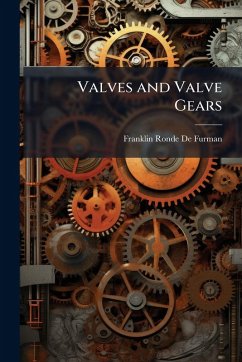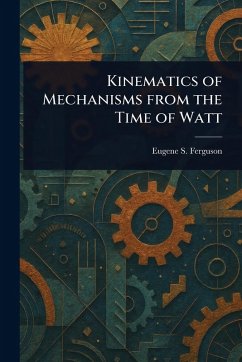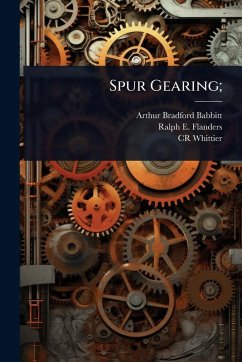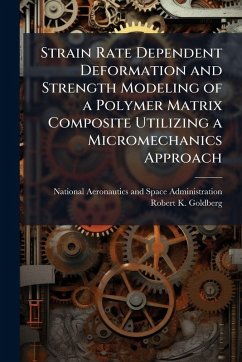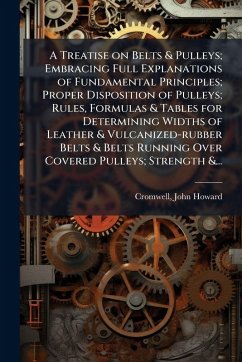
Natural Frequencies and Mode Shapes of a Nonlinear, Uniform Cantilevered Beam
Versandkostenfrei!
Versandfertig in über 4 Wochen
20,99 €
inkl. MwSt.
Weitere Ausgaben:

PAYBACK Punkte
10 °P sammeln!
A series of experiments in 1975, referred to as the Princeton Beam Experiments, were performed to measure natural frequencies and create a nonlinear elastic deformationmodel to improve helicopter main beam designs. These experiments used a uniform, homogeneous 7075 aluminum beam and have been referenced as a baseline for the pastthirty years to validate computer models and theories in an effort to build beams capableof withstanding aero elastic, static, and dynamic loading.The purpose of this study is to measure the dynamic nonlinear bending andtorsion response of a cantilever beam. The natura...
A series of experiments in 1975, referred to as the Princeton Beam Experiments, were performed to measure natural frequencies and create a nonlinear elastic deformationmodel to improve helicopter main beam designs. These experiments used a uniform, homogeneous 7075 aluminum beam and have been referenced as a baseline for the pastthirty years to validate computer models and theories in an effort to build beams capableof withstanding aero elastic, static, and dynamic loading.The purpose of this study is to measure the dynamic nonlinear bending andtorsion response of a cantilever beam. The natural frequencies are measured in theflatwise and edgewise directions at different static root pitch angles with varying levels oftip weights. The measured natural frequencies were compared to linear equations ofmotion, a nonlinear computer model and previous experiments to verify the nonlineareffects of root pitch angle and tip weights.The experiment produced promising results in that the first mode in the edgewiseand flatwise directions were within the error bands of the Princeton Beam Experiment forall weights and that the linear model matched the experimental case with no tip weights.Further experimentation is needed in order to properly calculate the edgewise frequenciesand estimate mode shapes. This work has been selected by scholars as being culturally important, and is part of the knowledge base of civilization as we know it. This work was reproduced from the original artifact, and remains as true to the original work as possible. Therefore, you will see the original copyright references, library stamps (as most of these works have been housed in our most important libraries around the world), and other notations in the work. This work is in the public domain in the United States of America, and possibly other nations. Within the United States, you may freely copy and distribute this work, as no entity (individual or corporate) has a copyright on the body of the work. As a reproduction of a historical artifact, this work may contain missing or blurred pages, poor pictures, errant marks, etc. Scholars believe, and we concur, that this work is important enough to be preserved, reproduced, and made generally available to the public. We appreciate your support of the preservation process, and thank you for being an important part of keeping this knowledge alive and relevant.



